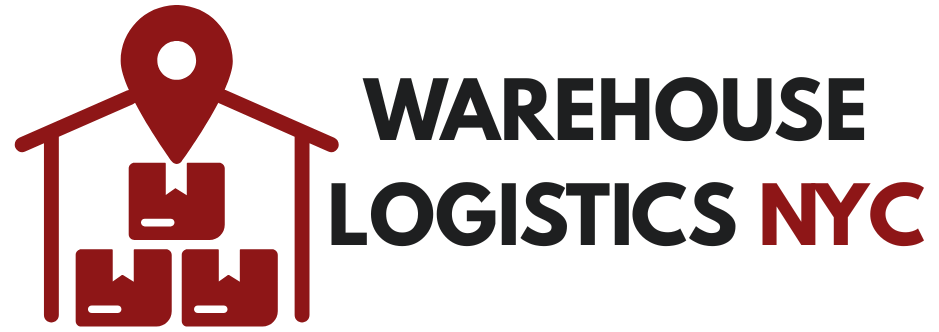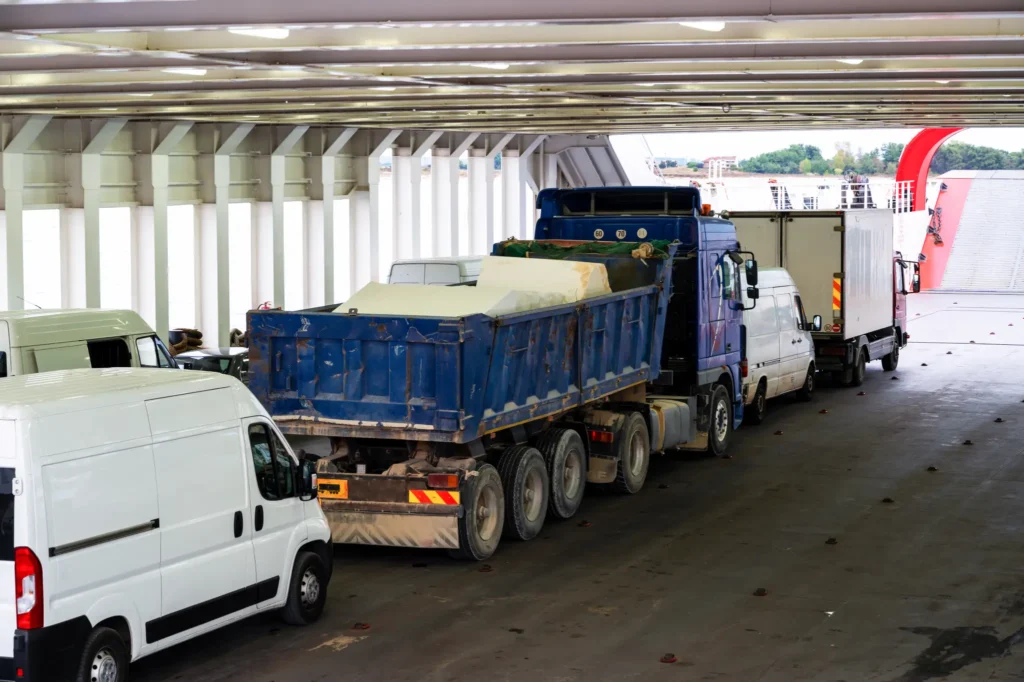Table of Contents
Key Takeaways
✔ Hotshot trailers are built for fast, flexible delivery of smaller, time-sensitive loads.
✔ Hotshot trucking offers a lower-cost way to enter the logistics and transport industry.
✔ Choosing the right trailer type depends on cargo size, weight, and delivery distance.
✔ Proper towing setup and compliance with regulations ensure safe, efficient transport.
✔ Hotshot trailers help businesses maintain reliable, on-demand logistics operations.
When timing is everything, you need a way to move freight fast — and that’s where the hotshot trailer comes in. Whether you’re handling last-minute shipments or managing warehouse logistics, knowing how these trailers work can save you time and money.

What Is a Hotshot Trailer?
A hotshot trailer is a smaller, versatile flatbed or gooseneck trailer used to haul time-sensitive loads that don’t require a full-size semi-truck. Unlike traditional freight trucks, hotshot setups use a heavy-duty hotshot truck — often a one-ton pickup — paired with a trailer capable of handling anywhere from 10,000 to 40,000 pounds.
What Is Hotshot Trucking?
Hotshot trucking is a transportation model focused on delivering smaller, high-priority loads quickly and efficiently. Instead of operating massive semis, hotshot truck operators use pickups and hot shot trailers to move freight locally or regionally on tight deadlines.
Because the equipment is smaller and more fuel-efficient, the overall operating cost is lower while still providing professional-grade service. Hotshot trucking sits within a freight sector projected to reach about US $155.9 billion in 2025.
Uses of Hotshot Trailers
Urgent and Time-Sensitive Deliveries
When speed is critical, a hotshot trailer is the go-to choice. These trailers excel at handling last-minute or emergency shipments — from heavy machinery components to retail inventory. With minimal setup time and shorter routes, hotshot trucking provides fast turnaround ideal for New York’s 24/7 logistics environment.
Versatile Hauling
A key benefit of the hotshot trailer is its adaptability. These trailers can carry everything from vehicles and construction materials to warehouse pallets. For companies like Warehouse Logistics By Best, versatility in hotshot meaning translates to seamless integration with a wide range of warehouse logistics operations.
Lower Cost Entry
Starting a hotshot trucking business costs significantly less than launching a full-scale freight company. With a hotshot truck and a reliable trailer, new operators can enter the logistics market quickly. Hotshot trucking helps cut costs further by optimizing routes, consolidating loads, and using less fuel.

Types of Hotshot Trailers
Gooseneck Trailers
Known for superior stability and turning control, gooseneck trailers attach to a hitch in the truck bed, making them ideal for heavy or oversized loads. They’re one of the most popular hotshot trailer types due to their balance and towing strength.
Flatbed Trailers
These open-deck hot shot trailers handle wide or irregular cargo. Their easy loading and unloading make them a favorite among construction and warehouse logistics teams handling heavy pallets or machinery.
Deckover Trailers
Deckover models feature a raised platform that eliminates wheel wells, offering maximum width and flexibility for bulk or awkward cargo.
Dovetail Trailers
With their sloped back design, dovetail trailers make it easier to load vehicles and equipment. They’re common in automotive and industrial shipping sectors.
Bumper Pull Trailers
Compact and easy to maneuver, bumper pull trailers are best for lighter loads and local hauls. Their accessibility makes them a great entry point for new hotshot trucking drivers.
Lowboy Trailers
Designed with a low center of gravity, lowboy trailers are perfect for hauling tall or heavy machinery safely through urban and rural routes.
Hotshot Towing Tips
Choose the Right Truck
Pairing your trailer with the correct hotshot truck is essential. Make sure your truck’s towing capacity matches or exceeds your hotshot trailer’s maximum load to avoid breakdowns or safety issues.
Use the Correct Hitch
Upon understanding hotshot meaning, select the proper hitch type — gooseneck, fifth-wheel, or bumper pull — for a secure connection and smooth hauling performance.
Ensure Proper Weight Distribution
Balance cargo evenly across your trailer. Uneven loads can lead to trailer sway, reduced braking efficiency, and potential road hazards.
Understand Weight Limits
Always stay within your Gross Vehicle Weight Rating (GVWR). Exceeding limits can result in penalties, equipment damage, or failed inspections — particularly strict in New York.
Check Local Regulations
Before every haul, verify road-use rules, weight limits, and required permits in your area. Compliance is key for both safety and business reliability in hotshot trucking.
What Type of Trailer Is Best for Hotshot Trucking?
The best hotshot trailer depends on your cargo type and hauling frequency. For heavy-duty jobs, gooseneck trailers offer unbeatable stability. If you’re transporting wide or irregular loads, flatbed or deckover trailers are more practical.
Can Hotshot Run Without a DOT Number?
In most cases, hotshot trucking requires a DOT number — especially if your vehicle weighs over 10,000 pounds or you’re crossing state lines for commercial purposes. Without fully understanding hotshot meaning and its requirements, you may face fines or delays at inspection points.

What Paperwork Do I Need for Hotshot Trucking?
To legally operate a hotshot trucking business, drivers need several key documents:
- USDOT and MC numbers for regulatory compliance
- Commercial driver’s license (CDL), if required by weight class
- Vehicle and cargo insurance for protection and liability
- IRP and IFTA registrations for multi-state transport
- Permits for oversized or overweight loads
How Much Does It Cost to Get Started in Hotshot Trucking?
While your exact costs depend on the truck, trailer, and operating region, new hotshot trucking owner-operators should ideally have $15,000 to $30,000 in reserve when starting out. This amount helps cover unexpected expenses such as maintenance, fuel, permits, or downtime before your business becomes profitable.
Frequently Asked Questions
What kind of loads can a hotshot trailer carry?
A hotshot trailer can haul a wide range of freight — from machinery and vehicles to building materials and warehouse supplies. Its flexibility makes it ideal for hotshot trucking and warehouse logistics operations that need fast, smaller-scale deliveries.
Is hotshot trucking good for beginners?
Yes. Hotshot trucking is one of the easiest ways for new drivers to enter the logistics industry. It requires less upfront investment than traditional freight, and learning how to operate a hotshot truck and hot shot trailer is straightforward with the right training.
How do warehouse logistics companies use hotshot trailers?
Businesses in warehouse logistics rely on hotshot trailers for quick restocks, short-distance transfers, and time-sensitive deliveries. This helps keep supply chains running smoothly without the delays of larger freight carriers.
What size truck is needed for a hotshot trailer?
Most hotshot trailers are towed by ¾-ton or one-ton pickup trucks. The right hotshot truck depends on the trailer type and the weight of your cargo, so it’s important to match power and capacity for safe towing.
How can I find consistent work as a hotshot trucker?
New hotshot trucking operators often find jobs through load boards, dispatch services, or partnerships with logistics companies like Warehouse Logistics By Best. Building relationships and maintaining reliability are key to securing regular loads and growing your business.
Partner with Warehouse Logistics By Best for Reliable Hotshot Solutions
From understanding what is hotshot trucking to choosing the right trailer and following safety tips, it’s clear that success depends on knowledge, compliance, and the right logistics partner.
At Warehouse Logistics By Best, we specialize in integrated warehouse logistics and time-critical freight solutions across New York, NY.
Contact Warehouse Logistics By Best today to streamline your shipping with professional hotshot support.

